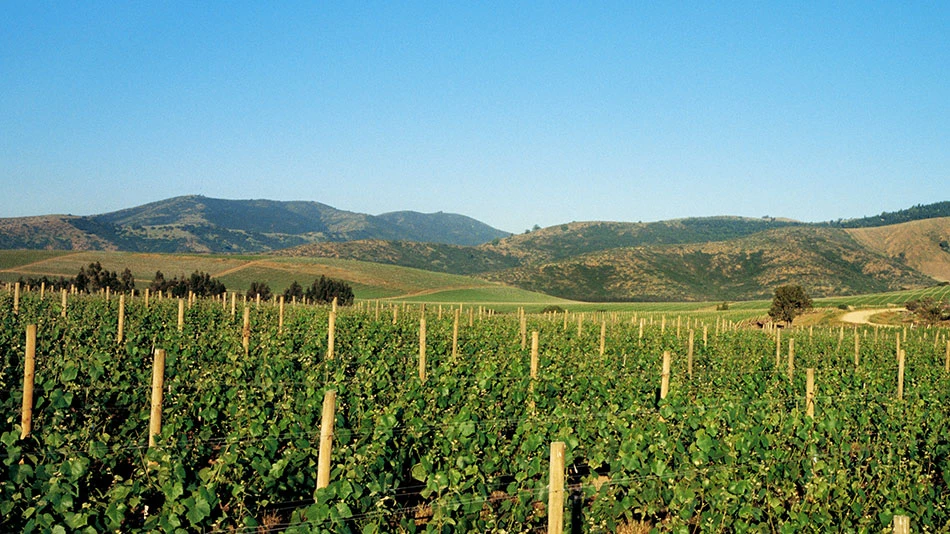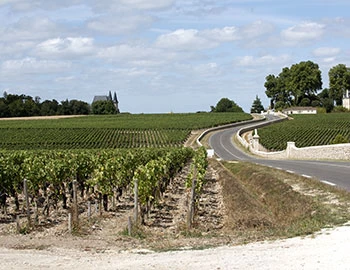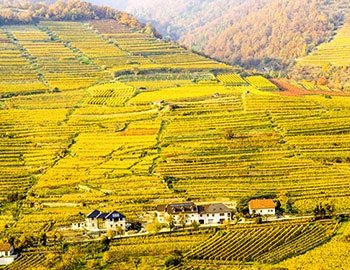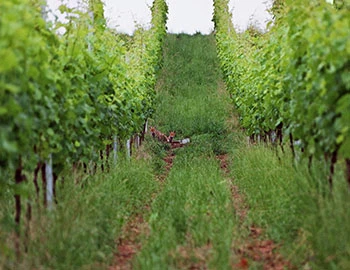Leyda
Leyda: small, cool, but fine
As across the whole of South America, top Chilean winemakers have opened an array of cool sites in the last 20 years, in order to produce wines with fruit-accented, elegant styles. The small Leyda Valley-San Antonio appellation was introduced in 2002. With crus that fascinate with plenty of primary fruit, it has since inspired the growing region, whose westernmost vines are almost in view of the Pacific.
Travelers to Chile will recognize the port town of San Antonio as being near the “Casa de Isla Negra”, the sprawling sea-front estate belonging to Pablo Neruda (1904-73) winner of the Nobel Prize winner for Literature, which houses over 3,500 objects he collected during his life. When Neruda lived here, the interior land served mainly as pastureland, where wheat and barley were also grown. There were almost no vineyards in the region at the time. In recent years, this has changed. While vineyard area, at a little more than 200 hectares, is still somewhat modest, the reputation of Leyda crus has steadily grown.
Wines with plenty of primary fruit
Vines here grow directly in the Pacific Ocean’s area of influence, which is heavily shaped by the Humboldt Current. In this typically “cool climate” area, with comparatively long growth cycles and later harvests, white wines in particular present an almost extroverted primary fruit aroma, in conjunction with an astonishing body on the palate. Sauvignons, in addition to the typical gooseberry and blackcurrant notes, also develop exotic fruit tones, such as melon and pineapple. The same is true for Chardonnay. These wines are not grassy-fresh on the palate, but impress with a creamy succulence. Pinot Noir has also settled in well, yielding wines with distinctive berry fruit (strawberries, raspberries) and velvety fullness.
Water from the Maipo River
The vineyards fit idyllically into the gently rolling hills in Leyda. While the higher soils are marked by granite, calcareous, loamy soils dominate the lower sites. In order to procure the water necessary for viticulture, an almost eight kilometre pipeline was built from the Maipo River, which flows into the Pacific just south of the winegrowing region.




